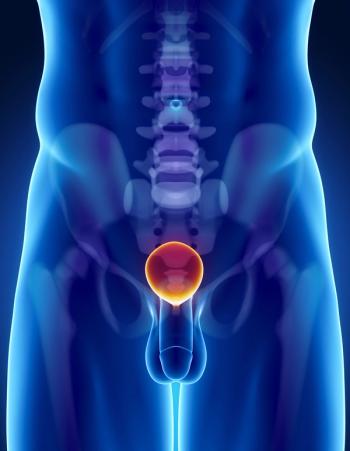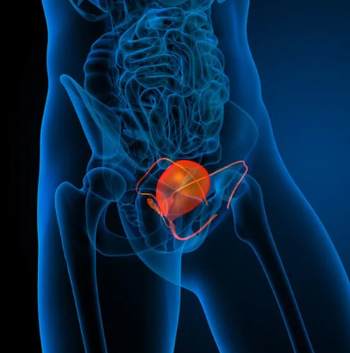
- ONCOLOGY Vol 14 No 6
- Volume 14
- Issue 6
3D CRT More Cost-Effective Than Conventional RT for Prostate Cancer
Three-dimensional conformal radiation therapy (3D CRT) is more effective yet costs no more than conventional radiation therapy in the long-term treatment of prostate cancer, according to a study conducted at Fox Chase Cancer Center in
Three-dimensional conformal radiation therapy (3D CRT) is more effective yet costs no more than conventional radiation therapy in the long-term treatment of prostate cancer, according to a study conducted at Fox Chase Cancer Center in Philadelphia. The study, published in the December 1999 issue of the International Journal of Radiation Oncology Biology and Physics, analyzed the diagnosis, planning, treatment, and follow-up costs of 193 patients over a 5-year period. We calculated everything that we could quantify using 1998 Medicare data, so the costs are applicable today, said Eric Horwitz, MD, associate member, department of radiation oncology.
The mean total cost for patients treated with 3D CRT was about $8,955, as compared with about $10,544 for patients who underwent conventional treatment. Dr. Horwitz explained, while these numbers seem dramatically different, they are not statistically significant. We found that planning and treatment costs were more expensive with 3D CRT. However, follow-up costs were higher with conventional radiation treatment, thus shifting the balance of the costs.
Follow-Up Treatment Needed Less Often
At 5 years, 59% of patients treated with conventional external-beam radiation therapy had a rising prostate-specific antigen (PSA) level, indicating recurrence of prostate cancer. These patients had to undergo additional follow-up treatmentusually hormonalthat added to the overall cost. In comparison, only 47% of patients treated with 3D CRT suffered treatment failure. These patients also had to undergo follow-up treatment, but because the percentage was lower, the overall follow-up costs were lower.
According to Dr. Horwitz, 3D CRT is probably even more cost-effective than the data indicate. These patients were treated from 1987 to 1991. Since then, 3D CRT has improved dramatically, allowing us to give higher doses. New studies show that only about 30% of patients who are now treated with 3D CRT suffer treatment failure requiring follow-up treatment, which would bring follow-up costs even lower.
Articles in this issue
over 25 years ago
Purine Nucleoside Analogs in Indolent Non-Hodgkin’s Lymphomaover 25 years ago
Economic Consequences of Cancer Treatment–Related FatigueNewsletter
Stay up to date on recent advances in the multidisciplinary approach to cancer.

















































































